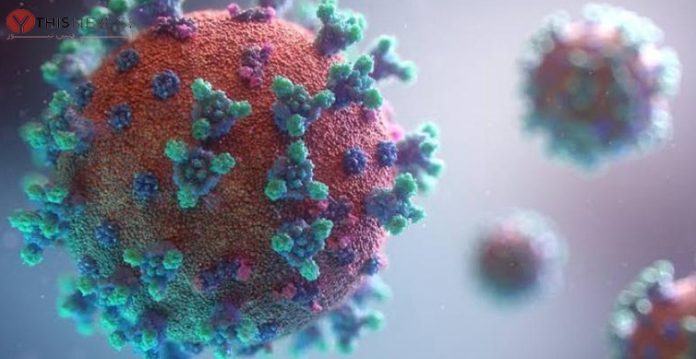Are you allergic to certain foods? You may be at a 50 percent lower risk for infection with SARS-CoV-2, the virus that causes Covid-19 finds a study.
US researchers at National Jewish Health and Vanderbilt University speculated the reason to be a different type of inflammation, caused by type 2 cytokines and common among food allergic individuals.
Previous studies showed that allergic-type 2 inflammation can reduce airway levels of the SARS-CoV-2 receptor gene, ACE2. This led researchers to speculate that food-allergic patients may have lower ACE2 receptor levels, reducing the ability of the virus to infect cells in these individuals.
“Our findings that diseases characterized by different types of inflammation are associated with infection risk, suggest underlying inflammation is an important determinant of susceptibility to SARS-CoV-2 infection,” said Max A. Seibold, the lead National Jewish Health investigator.
In contrast, obesity and high body mass index are risk factors for infection, whereas those with asthma are not at increased infection risk, as revealed in the study published in the Journal of Allergy and Clinical Immunology.
ALSO READ: Babies Exposed to Covid in Womb at Risk of Neurodevelopmental Changes
Besides being an established risk factor for poor Covid illness outcomes, the study found obesity and high BMI are also risk factors for infection. Study authors speculated that the systemic inflammation that often accompanies obesity may underlie the increased risk experienced by this group.
The findings also provide strong evidence that people with asthma, a risk group for poor outcomes from other viral respiratory infections, are not at increased risk for SARS-CoV-2 infection.
For the study, the team surveyed nearly 1,400 households for SARS-CoV-2 infections.
The team also found that children aged 12 years or younger are just as likely to become infected with the virus as teenagers and adults.
However, they found that 75 percent of infected children were asymptomatic, whereas only 59 percent of infected teenagers and 38 percent of infected adults were asymptomatic.
Although children were considerably more likely to be asymptomatic, they exhibited viral loads comparable to those of teenagers and adults.
“Given children are usually asymptomatic with infection, yet harbor high viral loads and require close caregiver contact, we speculate children may play an important role in household transmission events,” Seibold explained.
(This story has been sourced from a third-party syndicated feed, agencies. Raavi Media accepts no responsibility or liability for the dependability, trustworthiness, reliability, and data of the text. Raavi Media management/ythisnews.com reserves the sole right to alter, delete or remove (without notice) the content at its absolute discretion for any reason whatsoever.)







